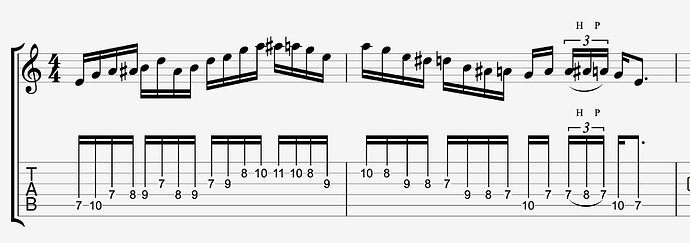I have not seen this note set referred to as one single scale. However, in practice what it really is is just a minor pentatonic scale with some tones used in passing, and the conventional term might be “chromatic approach notes.” It would be common to play the A# and D# mostly when resolving up or down by a half step.
You might notice that usually when you hear this , any A# is followed by an A or a B, and any D# is followed by a D or an E. And more commonly would be to hear the B, A#, A, or A, A#, B - or D, D#, E, or E, D#, D.
So those are just called chromatic passing tones in conventional theory lingo (best of my knowledge.)
You hear something like this a lot:
but it would be much less common to have the A# and D# appear not in the context I just described:
(this is a pattern)
I think the second one is cooler but I don’t know if Dave Mustaine would agree.
PS: For consistency of vocabulary, general practice is to refer to interval degrees relative to the major scale, so E G A A# B D D# would be called 1, b3, 4, #4/b5, 5, b7, 7 . The D# is the major or “normal” seventh, and the D natural is the flatted seventh. This helps avoid confusion when comparing different scales. For example mixolydian and the minor pentatonic have a b7, major scale and lydian and harmonic minor have a 7. Mixolydian and lydian and the major scale have a 3 (major third), while minor pentatonic, minor scale, melodic minor, dorian, etc, have a b3 (minor third.)
PPS: Fun little tool from Noel Johnston: Voicing Modes Web App





